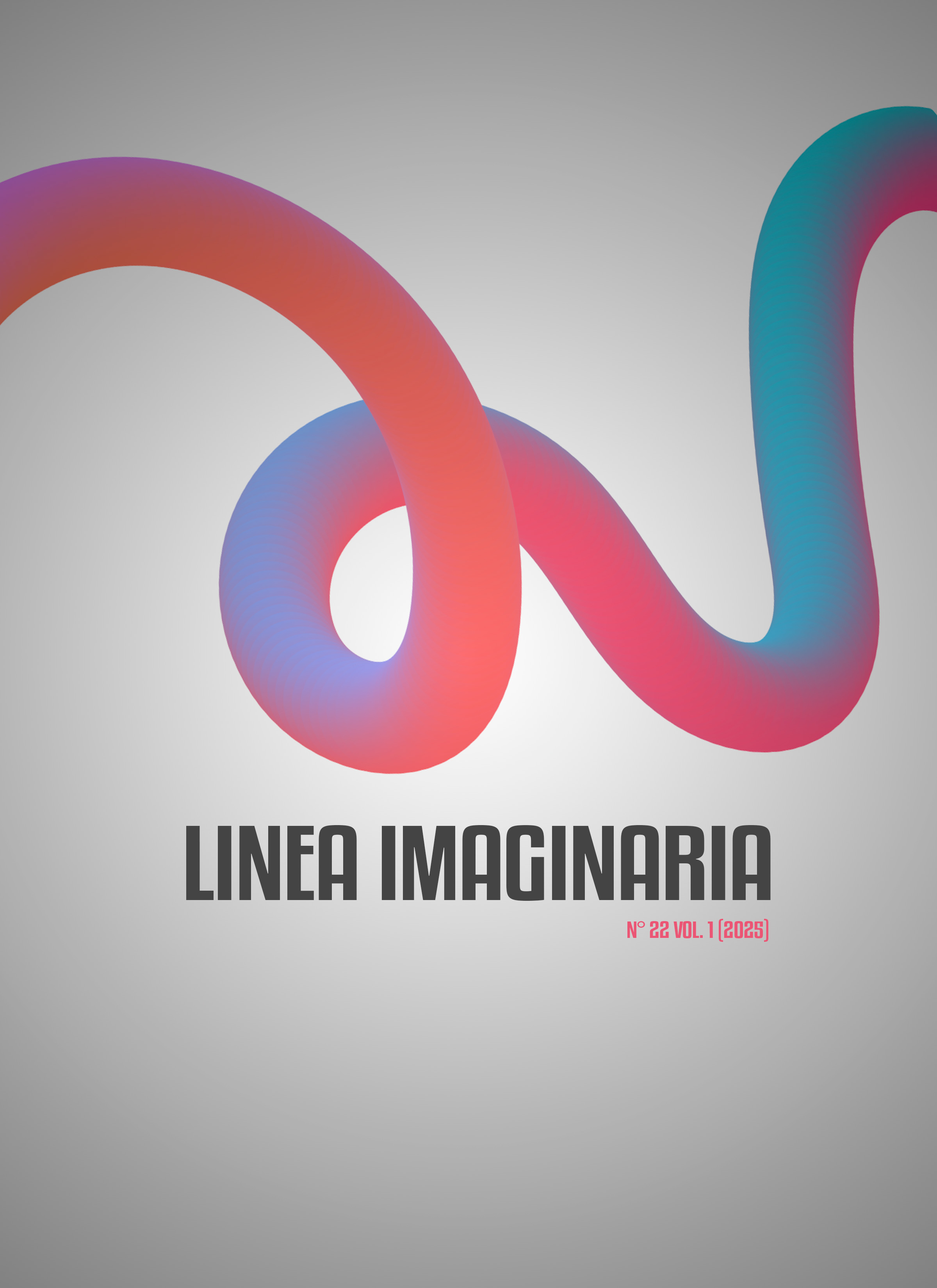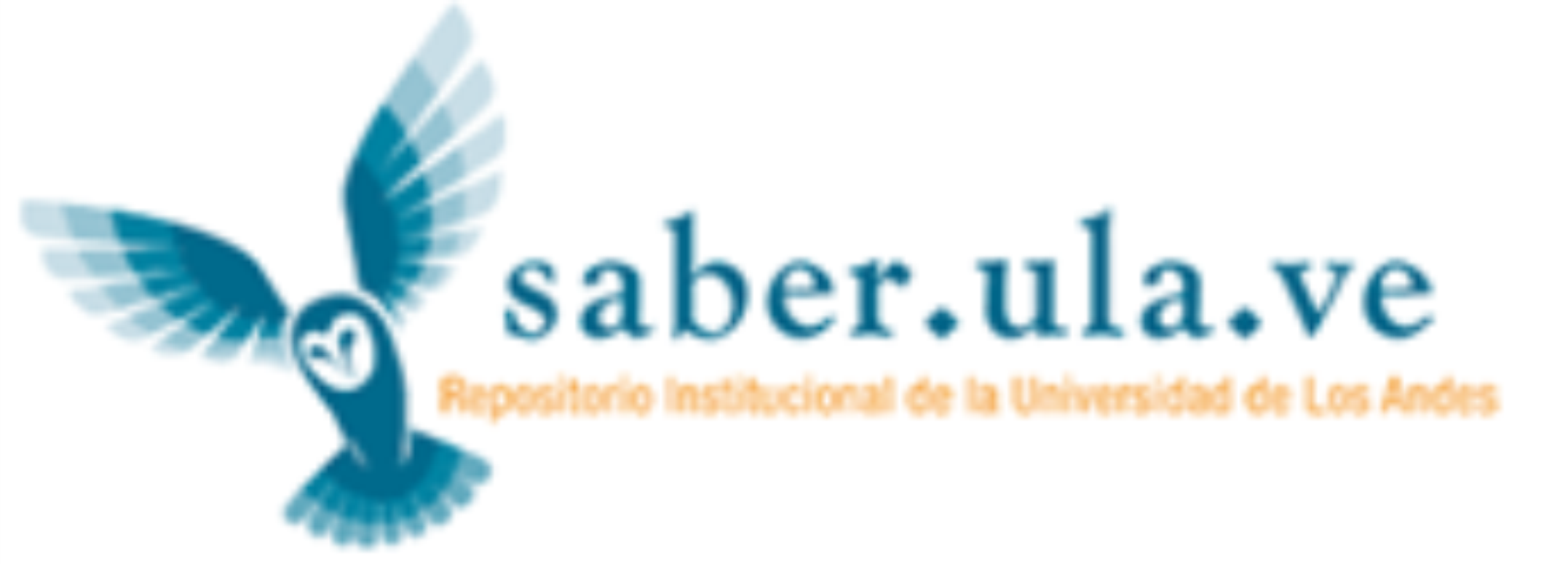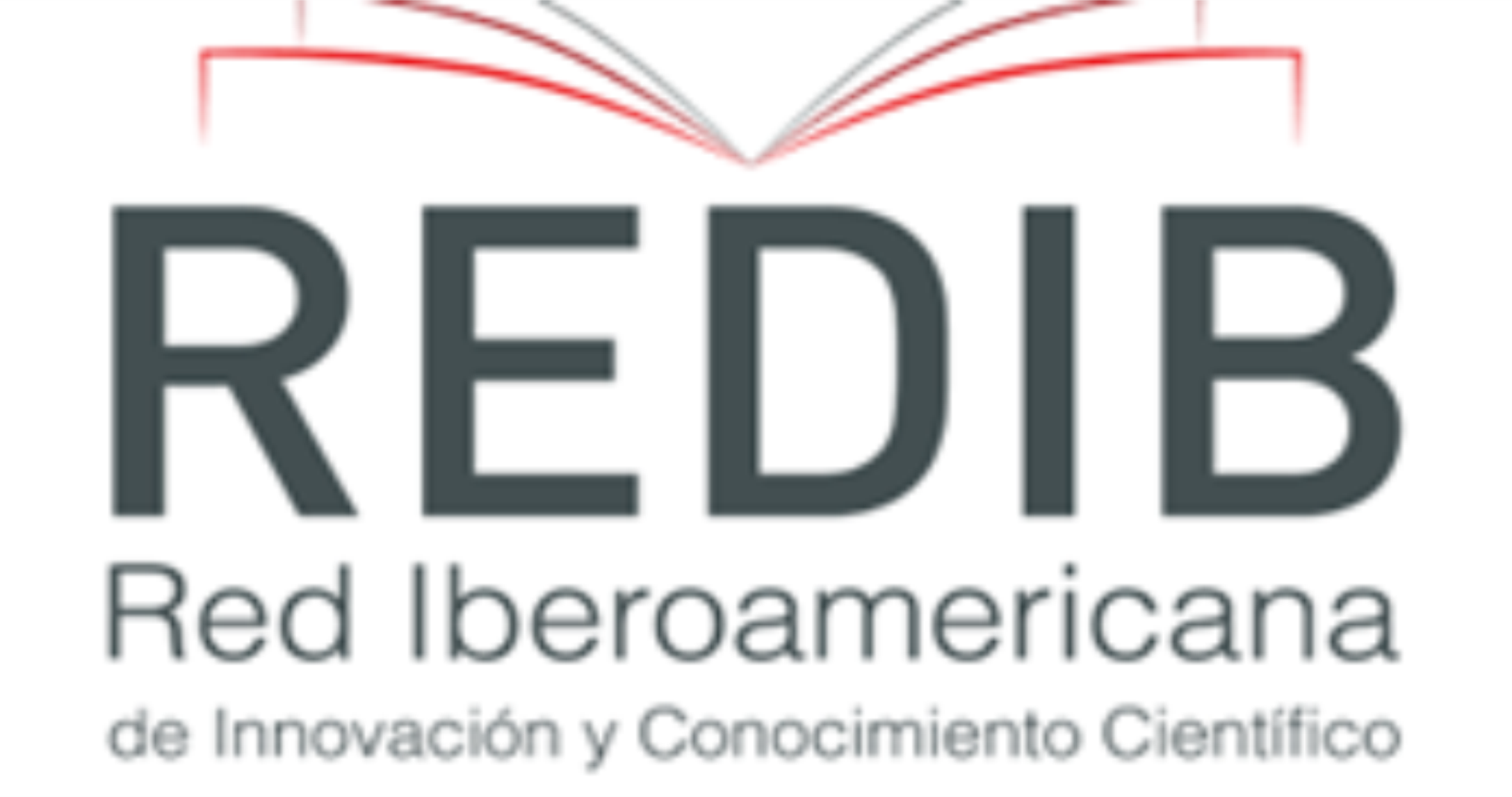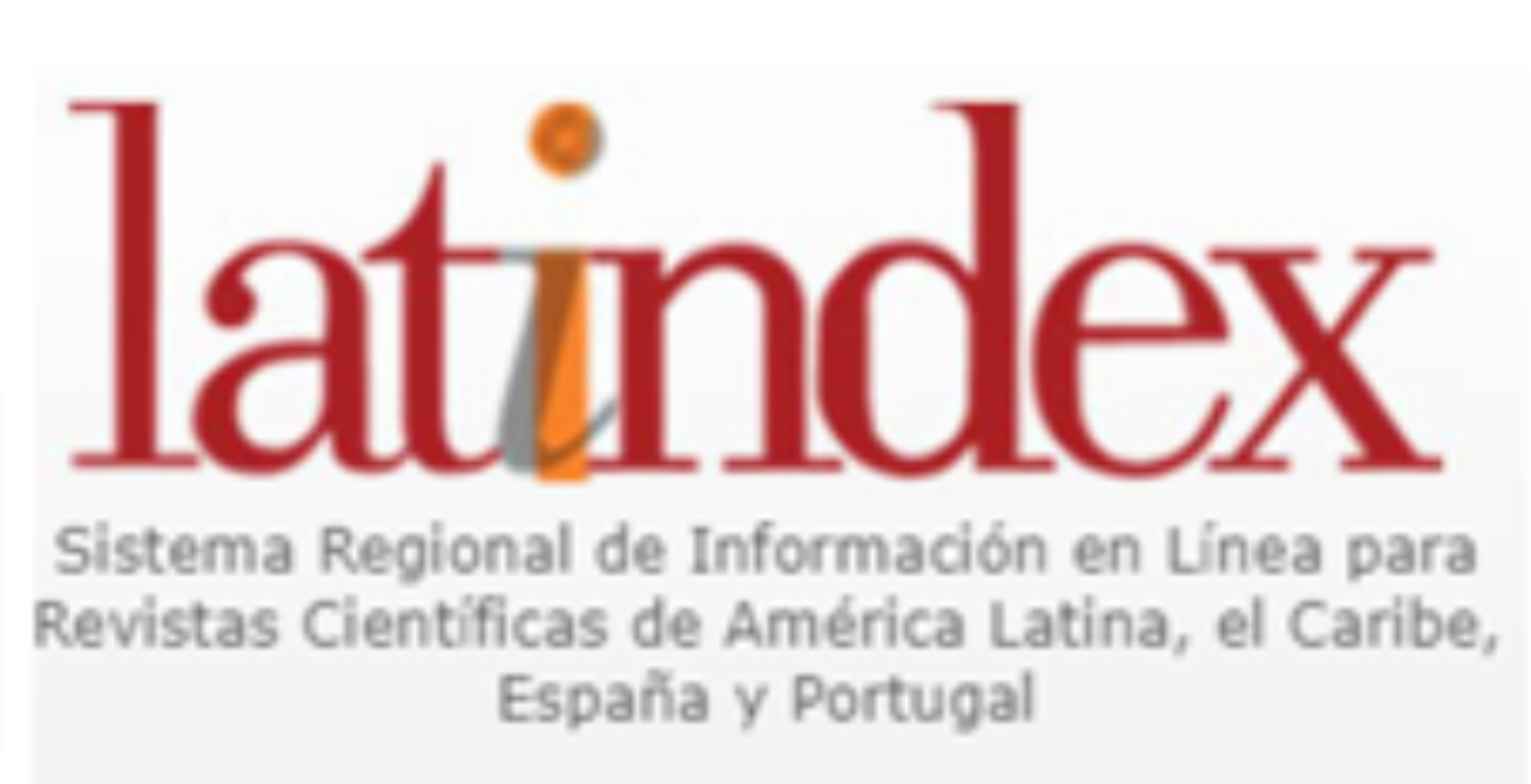MAPPING THE BRAIN AND PLAY: A LOOK AT THE THINKING CHILD IN EARLY CHILDHOOD
DOI:
https://doi.org/10.56219/lneaimaginaria.v1i22.4166Keywords:
Brain, play, thinking child, early childhood.Abstract
This article provides a critical review of The Thinking Child: Brain-Based Learning for the Early Stage (Call & Featherstone,2010), a work that intricately combines neuroscientific principles with innovative pedagogical strategies to foster comprehensive early childhood development. The review examines the book's multifaceted approach, emphasizing the importance of creating educational environments that support sensory exploration, social interaction, and individualized pacing. Moreover, it highlights the ethical imperative for educators to design safe, stimulating spaces that honor the intrinsic dignity and potential of every child. The analysis positions the book as a vital resource for contemporary educators who must navigate the challenges of a rapidly digitalizing world while preserving the core tenets of experiential.
Downloads
References
Call, N. & Featherstone, S. (2010). El niño pensante: Aprendizaje basado en el cerebro para la etapa de educación infantil. 2da Edi. Continuumbooks. Londres.
Downloads
Published
How to Cite
Issue
Section
License

This work is licensed under a Creative Commons Attribution-NonCommercial-ShareAlike 4.0 International License.
La revista Línea Imaginaria conserva los derechos patrimoniales (copyright) de las obras publicadas, que favorece y permite la reutilización de los mismos bajo la licencia Creative Commons Atribución-NoComercial-CompartirIgual 4.0 , por lo cual se pueden copiar, usar, difundir, transmitir y exponer públicamente, siempre que se cite la autoría y fuente original de su publicación (revista, editorial, URL y DOI de la obra), no se usen para fines comerciales u onerosos y se mencione la existencia y especificaciones de esta licencia de uso. Si remezcla, transforma o crea a partir del material, debe distribuir su contribución bajo la misma licencia del original.













